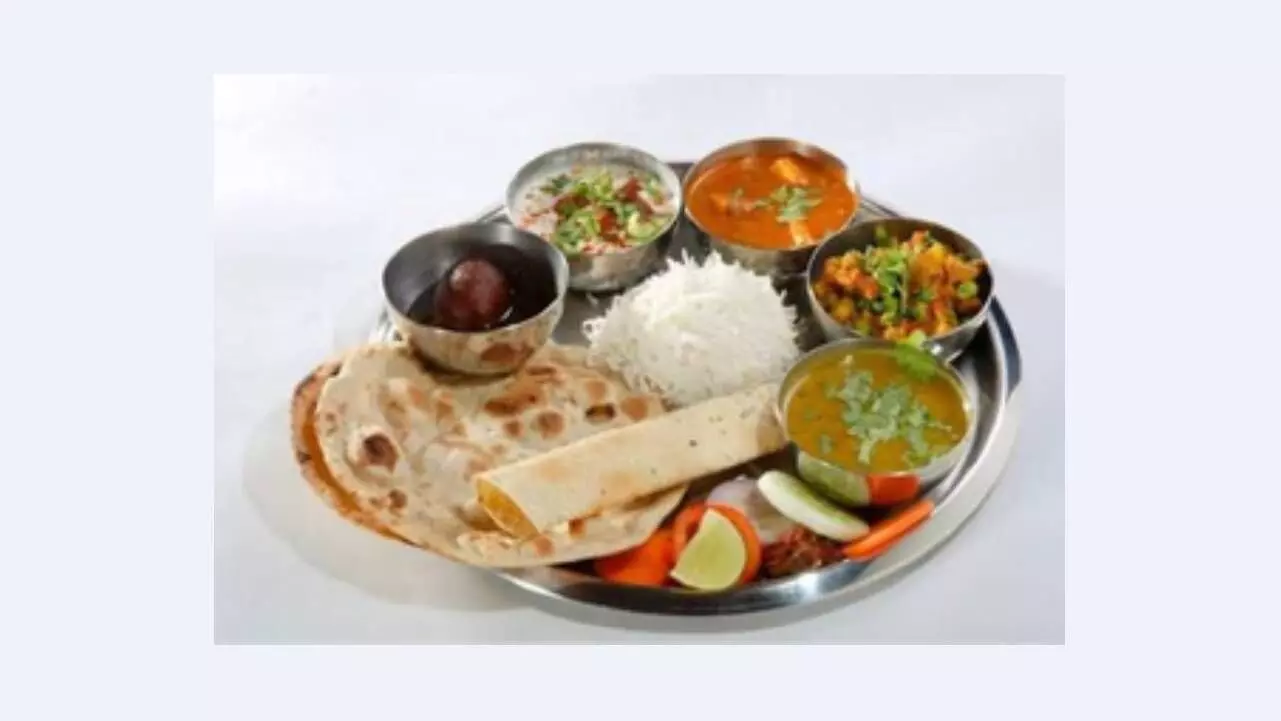Home-cooked veg thali costlier by 11 pc in September, non-veg thali gets cheaper
The cost of home-cooked veg thali increased 11 per cent (year-on-year) in the month of September while non-veg thali became cheaper by 2 per cent, a report showed on Friday
image for illustrative purpose

New Delhi, Oct 4: The cost of home-cooked veg thali increased 11 per cent (year-on-year) in the month of September while non-veg thali became cheaper by 2 per cent, a report showed on Friday.
The uptick in veg thali cost was largely due to an increase in the prices of vegetables, which collectively account for 37 per cent of the thali cost.
Prices of onion, potato and tomato rose 53 per cent, 50 per cent and 18 per cent year-on-year, respectively, with the first two driven by lower arrivals and the third by the impact of heavy rainfall on output, according to the report by CRISIL Market Intelligence and Analytics.
“The non-veg thali cost, on the other hand, was weighed down by an on-year decline in the cost of broiler. We expect a moderate correction in onion prices once the kharif supply comes into the market. Potato prices are also expected to decline, though tomato prices may remain elevated amid lean supply,” explained Pushan Sharma, Director-Research, CRISIL Market Intelligence and Analytics.
Price of pulses, which account for 9 per cent of the veg thali cost, rose 14 per cent amid drop in production last year, leading to lower opening stock this year, further contributing to the uptick.
According to the report, an 11 per cent drop in fuel cost – from Rs 903 for a 14.2 kg LPG cylinder in Delhi in September last year to Rs 803 in March this year – prevented further increase in the thali cost.
“For the non-veg thali, an estimated decline of 13 per cent on-year in broiler prices, which account for 50 per cent of the non-veg thali cost, provided some relief,” the report noted.
For the non-veg thali, stable broiler prices on-month amid steady demand helped maintain the cost.
The average cost of a thali is calculated based on input prices prevailing in north, south, east, and west India. The data also reveals the ingredients (cereals, pulses, broiler, vegetables, spices, edible oil, cooking gas) driving changes in the cost of a thali.

